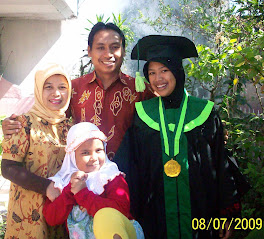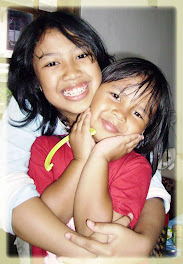One of the most interesting villages in all of Sunda land is Kampung Naga (Dragon Village). Despite its fierce name it is in reality a very peaceful place that has preserved its traditional village layout, architecture and way of life. The village is scenically located near the road connecting Garut and Tasikmalaya. From the road to Kampung Naga and back, including a short walk around the village, takes about an hour. A flight of stairs leads down from Neglasari to the valley of the Ciwulan
River, but before you reach the rice fields, you can already see the thatch rooted houses of Kampung Naga a short distance upriver. You approach the village by walking along the river as it gushes over big boulders and eventually pass a group of ponds. On the dams between the ponds little huts have been erected under coconut trees where women pound rice with sticks in wooden troughs called lesung. Modern diesel powered rice hullers are not used an element of Kampung Naga’s very traditional ways.
The uniqueness of this village lies in the uniformity of the houses: the direction they face, their design, and the building materials. All the gables of the houses face the river and are aligned along an east-west axis. The thatching material for the roofs is ijuk (sugar-palm fiber). There are no motorcycles or any other vehicles in or near the village; they could not negotiate the stairs, anyway. The narrow lanes between the houses are made of round cobble stones, as are the retaining walls and the stairways which led to the upper parts of the village. There is no electricity in Kampung Naga, and even the use of window glass is very recent. All in all, Kampung Naga has just over a hundred houses and as many families. In the village center, right next to the assembly hall, is a small stall selling handicraft items made from split bamboo at very moderate prices. A curious specialty is the collapsible sunhat. The Kepala Adat, the man in charge of traditional cultural affairs, has his house just below the village assembly hall and might be willing, if he is there, to brief you on aspects of the old Sundanese culture as they have been preserved in Kampung Naga. Among these is a monthly procession to the grave pf the village’s founder, Sembah Dalem Singaparna, located on a hilltop to the west. Another tradition is s festival called Pedaran in memory of the ancestors; it is held each year during the lunar month of Mulud (the Islamic month in which the Prophet Mohammed was born). On the 12th of Mulud, weapons and heirlooms are ritually cleansed in the river. Reportedly, there was once a book written in Sanskrit containing many details of the history and particular culture of this village; seems to have perished in clashes between Islamic fundamentalist and government troops in the year 1956 when the fundamentalists wanted to set up West Java as an Islamic state.
Senin, 31 Agustus 2009
KAMPUNG NAGA
Diposting oleh
ALLES GUTE!
di
14.02
![]()
Langganan:
Posting Komentar (Atom)














Tidak ada komentar:
Posting Komentar